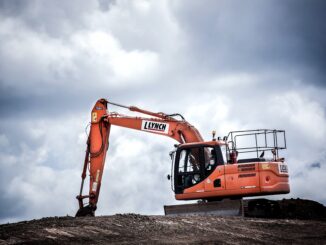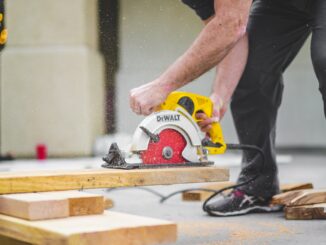PPE stands for personal protective equipment, and is quite often associated with being used in medical or clinical facilities such as surgical units, and consisting of items such as gowns and masks needed to keep an environment sterile.
Agriculture and Construction Safety
PPE is in fact used widely in many types of work and businesses, and in the construction and agricultural industries the need for it is extensive.
It is important to understand that PPE can be very specific in terms of the needs of the person, and in response to the type of work that is needing to be done.
Safety at work is a crucial element of peoples lives, and in circumstances where it is known there are certain risks, the effects of not complying properly with the use of PPE can be life threatening or life changing.
Chemicals and Hazardous Substances
Many types of chemicals and hazardous substances, including pesticides, are used in all types of farming and agricultural production.
Many people have to be involved in the handling, storage and transportation of these materials, and as such are potentially at risk of exposure to them. There is a need to be fully aware of what protection is available, and what should be used when work is being done around these products.
Construction work carries high risks in certain areas, perhaps most notably around the issues of respiratory problems, think asbestosis, and there are a number of situations or environments when PPE should absolutely be used.
Most health and safety legislation will include requirements for employers to provide PPE in a number of roles, but the type of PPE and specific standards may or may not be specified.
In any event it is the responsibility of the employer to make sure that appropriate PPE is provided, is up to date, does actually fit the employee properly, and is effective in the protection that it is meant to provide.
Most employers based in the construction industry and in the agricultural world will make every effort to ensure that appropriate PPE is provided and worn, but as with every business sometimes time pressures and cost cutting can affect these resources.
It is important that employees are aware of what they are entitled to by way of PPE, and the responsibilities of the employer to provide it.
There is quite often a provision within health and safety legislation for employees to refuse to carry out certain types of work that demands PPE be used, if the appropriate PPE is not provided or is inadequate for the job.
It can obviously be difficult for employees to refuse work, and there should be absolute clarity, in legal terms, as to their rights and responsibilities when conducting any type of work that is potentially hazardous to the health which the use of PPE is designed to mitigate or avoid.
The main types of PPE equipment include :


